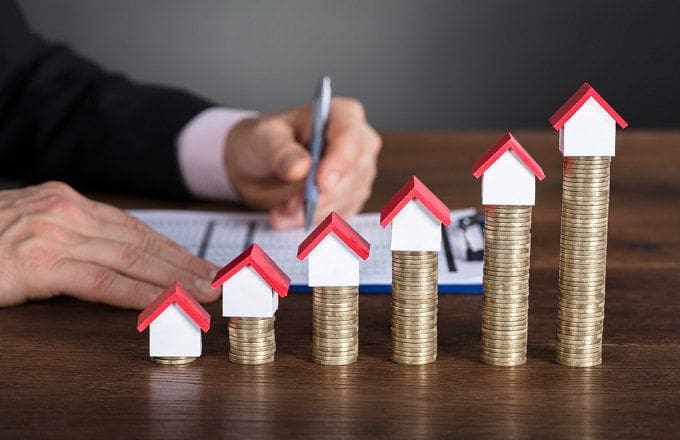When it comes to real estate investment, positive gearing is a goal for many—an investment that doesn’t just hold its weight but actively adds cash to your pocket every month. But achieving consistent positive cash flow isn’t always as simple as seeking out high-yield properties. With changing interest rates and market dynamics, any property can fluctuate from positively to negatively geared, so it’s essential to understand the broader landscape and your personal financial position.
In this email, we’ll cover:
- What it means to have a positively geared property.
- Why a property’s cash flow can change, and how interest rates impact it.
- How your position, strategy, and financial circumstances play a role.
- Key strategies for finding and maintaining positively geared properties.
What is Positive Gearing?
A positively geared property is one where rental income covers all associated costs—mortgage repayments, management fees, maintenance, and other expenses—and still provides an excess return. This “positive” return essentially means your property pays you each month, making it highly attractive to investors.
Why Positive Gearing Isn’t a Fixed Guarantee
Interest rates have a huge impact on gearing. When interest rates are low, the cost of servicing a mortgage is cheaper, making positive gearing easier to achieve. But with higher interest rates, even a previously cash-flow-positive property can dip into negative territory, eating into profits and, in some cases, turning a monthly gain into a monthly loss.
This is where the loan-to-value ratio (LVR) and deposit size come into play. A larger deposit means you’re borrowing less relative to the property’s value, lowering the impact of interest rates on your cash flow. Many of those who successfully maintain positive cash flow have done so by either holding their properties long-term (letting inflation work in their favor and rents increase naturally) or by opting for larger deposits to begin with.
Position, Circumstance, and Market Timing
Positive gearing often has more to do with your position and strategy than the property itself. Here’s why:
- Current Debt Load: If you’re heavily leveraged across multiple properties, even high-yield properties can become cash-flow negative when interest rates rise. If you’re in a strong cash position or can make a larger initial deposit, this minimizes the chance of sliding into negative cash flow.
- Long-Term Ownership: Many investors who are positively geared today have held their properties for several years or even decades, allowing their debt to effectively “shrink” in value relative to their rental income. This is why timing and patience are often key elements in positive gearing.
- Local Market Rents: Rental markets can vary greatly. A property in a high-demand rental area will be more likely to yield strong returns, particularly if rental income increases over time.
Tips for Finding (and Keeping) Positively Geared Properties
While positive gearing depends on both the property and your circumstances, there are practical steps you can take to increase your chances of securing cash flow-positive investments.
1. Research High-Yield Locations
- Identify regional hotspots: research high-yield locations to maximize your rental returns and long-term positive gearing potential. Learn more about choosing the right investment property.
- Check Vacancy Rates: A low vacancy rate generally means high demand, which supports strong rental returns. Use tools like online rental portals or property data sites to check for vacancy rates in the area.
2. Consider Dual-Income Properties
- Granny Flats, Duplexes, and Dual Occupancy: Properties that offer dual-income streams can boost rental returns significantly, helping you achieve or maintain positive gearing even in the face of rate hikes.
3. Factor in Interest Rate Buffers
- Stress-Test Cash Flow at Higher Rates: When calculating your potential returns, run scenarios using interest rates 1-2% higher than the current rate. This will help you see how sensitive your cash flow might be to interest rate increases and prepare accordingly.
4. Invest with a Bigger Deposit
- Reduce Your Debt Load: If cash flow is your main priority, consider putting down a larger deposit. This decreases the amount you’re borrowing, thereby reducing interest costs and making it easier to maintain positive cash flow.
5. Look for Properties with Value-Add Potential
- Renovations and Upgrades: Adding features like an extra bedroom, improving landscaping, or updating kitchens and bathrooms can allow you to increase rent, helping you to stay positively geared.
- Consider Development Potential: Some investors focus on properties that can be subdivided or developed down the line. This allows you to either increase rental income by adding new units or sell portions of the property to reduce debt.
6. Utilize Inflation Over Time
- Long-Term Strategy: Just like many seasoned investors, you can use inflation to your advantage by holding onto the property. As inflation rises, so do rents, while your mortgage debt (at a fixed rate) remains constant, increasing the cash flow surplus over time.
Maintaining Positive Gearing: Cash Flow Management
Once you have a positively geared property, maintaining that cash flow involves close monitoring of expenses and income:
- Plan for Property Maintenance: Factor in repairs, council rates, and potential periods of vacancy to avoid cash flow shocks.
- Monitor Market Rent Regularly: Ensuring your rent aligns with market rates helps maximize returns.
- Assess Refinance Opportunities: If interest rates drop, refinancing may allow you to secure a lower rate, improving cash flow. Conversely, if rates rise significantly, refinancing to a fixed rate can offer more predictable cash flow over the long term.
Achieving positive gearing can be a fantastic step toward financial independence, but remember, it’s not always about simply finding “high-yield properties.” A larger deposit, smart debt management, and focusing on high-demand areas are just as crucial. By carefully planning and considering your position, you can give yourself the best chance at finding and maintaining a positively geared investment.




